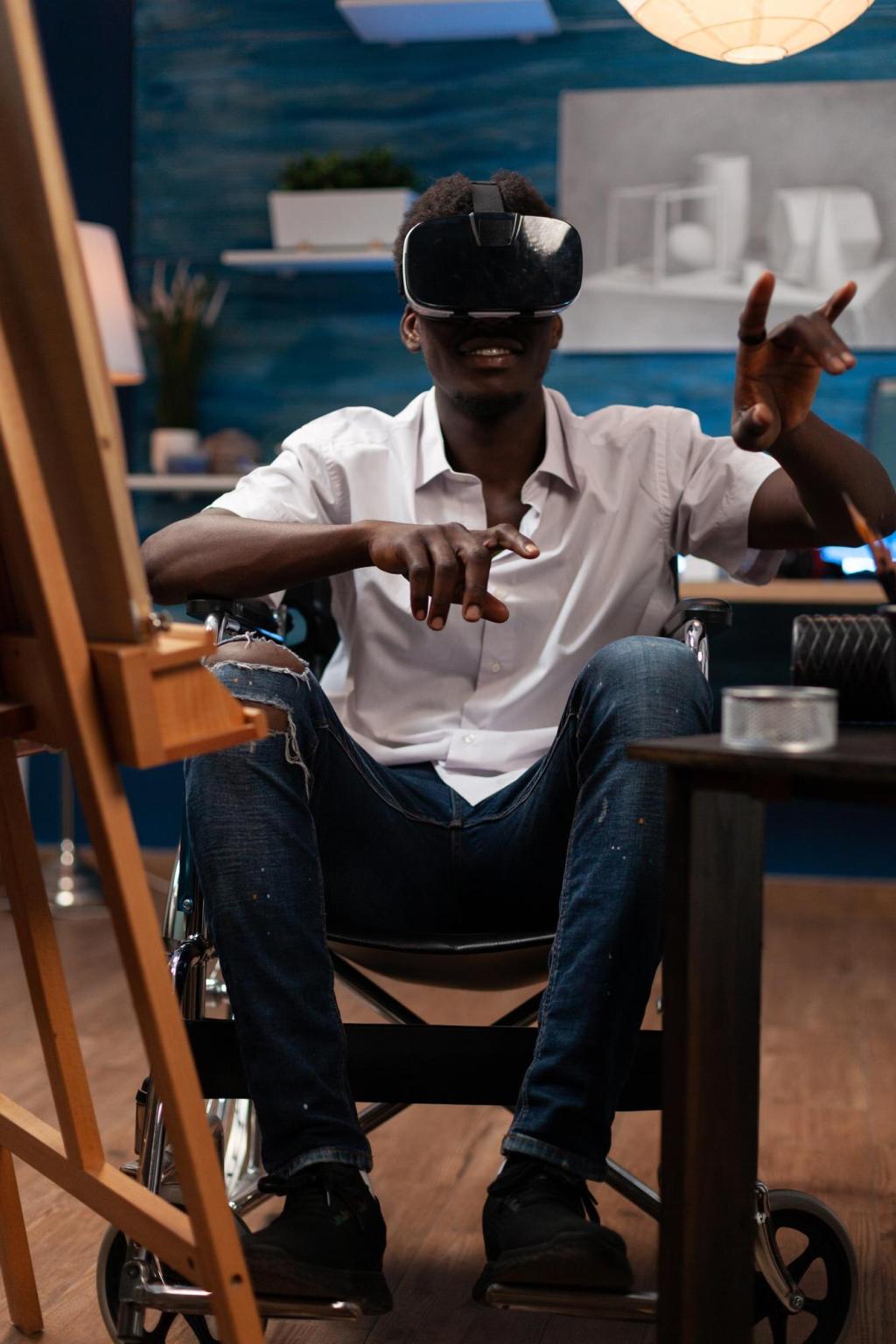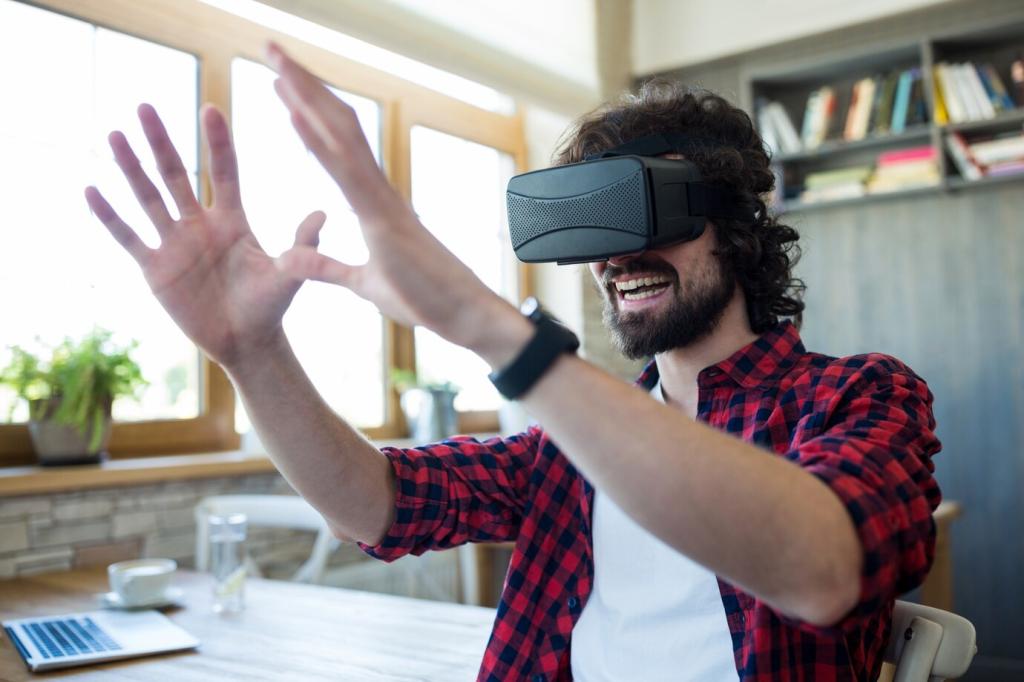
The Future of Education: Integrating Virtual Reality
The landscape of education is undergoing a profound transformation, with virtual reality (VR) emerging as a cornerstone of innovative learning experiences. As educational institutions and technology developers collaborate, VR offers the potential to make learning immersive, engaging, and more effective than ever before. This evolution not only enhances the way students acquire knowledge but also redefines the very nature of classroom interaction, teacher roles, and student engagement. Exploring the integration of VR in education unlocks new possibilities for personalized learning and global connectivity.
Revolutionizing Classroom Experiences
01
Enhanced Engagement Through Immersion
Virtual reality’s immersive qualities capture student attention on a completely different level. By enveloping learners in visually rich and interactive worlds, VR makes abstract concepts tangible and memorable. This degree of involvement stimulates curiosity, encourages exploration, and caters to various learning styles. Whether dissecting a virtual frog or exploring a Shakespearean theater, students are more likely to retain information and enjoy the process, leading to better educational outcomes and enhanced motivation.
02
Breaking Down Geographical Barriers
With VR, the boundaries between cultures, countries, and continents become irrelevant within the educational sphere. Students in rural areas can visit cosmopolitan museums, attend global seminars, or collaborate with peers worldwide—all from their classrooms or homes. This unprecedented access to resources and perspectives fosters cultural understanding, global awareness, and diversity. By connecting learners across the globe, virtual reality lays the foundation for a more interconnected and compassionate generation of scholars.
03
Reimagining Teacher-Student Interaction
The integration of VR does not diminish the importance of teachers; rather, it amplifies their roles as guides and facilitators. Within virtual environments, teachers can lead tours, moderate discussions, and personalize instruction in ways previously unimaginable. This new dynamic encourages more meaningful connections between educators and students. As teachers harness VR tools to track progress and customize experiences, they can support individual learning paths, identify challenges early, and cultivate a more responsive and supportive classroom culture.
Expanding Accessibility and Inclusivity
For students with physical or learning disabilities, traditional education often presents significant obstacles. Virtual reality can be a game-changer, offering customizable interfaces, assistive tools, and adaptive scenarios that accommodate various needs. For example, VR experiences can be designed with voice controls, high-contrast visuals, or simplified navigation, enabling greater participation for all. These adaptive features not only foster independence but also boost confidence, giving every student the tools to engage fully in their education.

Within VR environments, every action a student takes can be tracked and analyzed to inform instructional decisions. Advanced data analytics and artificial intelligence can identify learning patterns, strengths, and areas for improvement, allowing for real-time adjustments to the curriculum. Teachers and educational software can immediately offer alternative explanations, targeted exercises, or enrichment opportunities, ensuring that each student progresses at their optimal pace. This responsiveness transforms the educational experience from a one-size-fits-all approach to a truly individualized journey.
